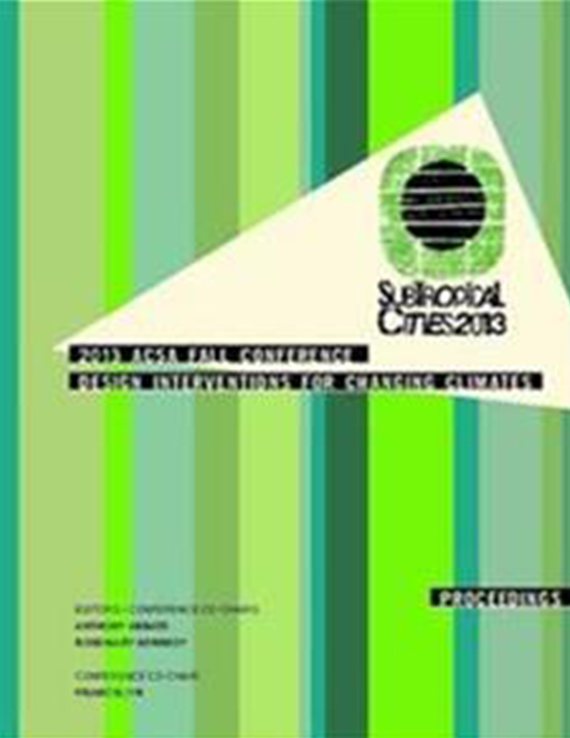Author(s): David Beach
There are two interconnected disruptions in the field of architecture: climate change and the economy. Climate change has exposed society’s inability to comprehend the modifications that the consumption and expulsion of carbon have on the ecology of the planet. The economic collapse has exposed the architectural design industry’s inability to adapt their skills to stay relevant in a changing market. Both issues require a deeper study and application of improved skills, technological abilities, and predictive rather than reactive design thinking. Architecture is directly linked to climate change by the underperformance of buildings. Specifically buildings in the United States consume 36% of total energy, 65% of electricity, 30% of raw materials, 12% of potable water, and produce 30% of our waste (USGBC 2013). “A green agenda did not used to be about fashion, it used to be about survival” (Foster 2007). As a design industry, we have a direct opportunity to make comprehensive change on one third of our nation’s energy consumption problem, and yet we still widely regard building green as a marketable strategy rather than a design imperative for survival. We must improve our skillset to allow for design that evolves through environmental computation to maintain (and build upon) the relevance of architecture and its role in slowing climate change.The architecture industry is experiencing very high unemployment when compared to other sectors carrying professional degrees, specifically 13.9% unemployment for recent college graduates within the United States. The high rate of unemployment prompted The New York Times article titled “Want a Job? Go to College and Don’t Major in Architecture.” While the architecture industry can certainly blame a weak economy and a slowdown in the construction sector, another reality that designers must observe is the limited scope in the performance of design work relating to buildings. Modifying workflow to include rich data collection and analysis through simulation has to potential to add scope and value to the design process. Specifically, simulation data can provide value to the client by building an opportunity for design collaboration through analysis of environmental, structural, and behavioral simulation. The process adds value to the design process by balancing visceral design thinking with analytical data that can drive, validate and inform architectural decisions. Simulation strategies, with the move to building information modeling (BIM) format, are becoming quick, intuitive, and part of an iterative process. This methodology is capable of informing compelling design that is responsive to data, informs the concept, and becomes an integral part of the design expression. Environmental (energy) simulation, structural simulation, and behavioral simulation are all areas capable of generating both visual and analytical data within a BIM environment. Disruptions create opportunities. Climate change and an economic down turn are both negative results of short sighted planning, but present the design community with the opportunity for positive growth. It is imperative that we teach the next generation of designers an iterative process utilizing simulation to create data that is not only informative, but formative to design.
Volume Editors
Anthony Abbate, Francis Lyn & Rosemary Kennedy
ISBN
978-0-935502-90-9

 Study Architecture
Study Architecture  ProPEL
ProPEL 
